In this article, I’m going to teach you how to get prescribed methadone for opiate addiction. And trust me, I don’t think you’ll find a more educational and helpful article on this subject on the internet.
Why?
Well, my history with methadone is quite…um…rounded.
There’s no way to be sure, but I do believe I might be the only person in history to have a certain set of three events happen to them, which all involved methadone.
These are the three methadone events that happened to me:
1. First, I overdosed on a large amount of methadone and Valium and was one-minute away from death when an EMT saved my life with a naloxone shot.
2. After spending a week in the hospital being administered opiates by the nurses, I was released to go home, and then I used 40 mg of prescribed methadone daily for seven days to quit opiates for good.
3. After getting clean using methadone, I went on to become an Intake Counselor at a methadone clinic, where I helped hundreds of people sign up for methadone treatment for opiate addiction.
Table of Contents
- 1 How To Get Prescribed Methadone For Opiate Addiction – Overview
- 2 Methadone Mechanism of Action
- 3 Opiate Withdrawal 101
- 4 “Therapeutic Dose”
- 5 How To Get Prescribed Methadone For Opiate Addiction
- 6 Methadone Treatment Programs
- 7 Possible Negative Consequences of Using Methadone For Opiate Addiction
- 8 Methadone For Opiate Addiction – Success Rates?
- 9 How To Get Prescribed Methadone For Opiate Addiction – Conclusion
How To Get Prescribed Methadone For Opiate Addiction – Overview
Now that you have a little background on my history with methadone, I think you’ll agree that I’m more than qualified to teach you how to get prescribed methadone for opiate addiction.
Getting prescribed methadone for opiate addiction is serious business, and I don’t want you to take it lightly. In this Blog post, I will provide you with all of the main pros and cons of getting prescribed methadone for opiate addiction.
Used in the correct way, methadone can enable you to get off opiates in a relatively painless manner.
Used incorrectly…it can kill you.
So don’t buy methadone from a drug dealer, and don’t be an idiot like me and use tons of Valium or other benzodiazepines with methadone in an effort to get high.
Only use methadone at a treatment program.
And finally, I want to warn you with a good dose of caution about a possible outcome that you may not foresee. Many people that signed up for treatment to use methadone for opiate addiction did so with the intention of only using methadone for a few days to a few weeks, however, ended up on methadone for many years!
If you need methadone maintenance treatment (MMT), then go for it. But if you just want to use methadone short-term to get off opiates, you’ll need a lot of self-discipline to stop.
I’ll talk more about this later.
For now, let’s briefly discuss what methadone is, and why methadone helps with opiate withdrawal symptoms better than any other substance on the planet.
Methadone Mechanism of Action
Methadone can totally eliminate 100% of your opiate withdrawal symptoms. This is because methadone is a powerful opioid drug.
Methadone binds to the same opioid receptors in the brain and other parts of the body that drugs like oxycodone, hydrocodone, morphine, and other opioids bind to. Once methadone binds to these receptors, the opioid effects come on.
Common effects of methadone are the same as other opioids:
- Pain Relief
- Sedation
- Euphoria
- CNS Depression
- Constricted Pupils
- Constipation
To further illustrate why methadone works so well for opiate withdrawal, I’d like to give you the basics on the opioid withdrawal syndrome.
Opiate Withdrawal 101
If an individual continues using opioids after a tolerance has been established, they will eventually develop a physiological dependence.
Dependence develops when the neurons adapt to the repeated drug exposure and only function normally in the presence of the drug.
When a dependent individual abruptly stops taking opioids (leading opioid-blood concentration to fall below the required level), the now opioid-tolerant central nervous system (CNS) goes haywire.
With no inhibitive stimulation to satisfy receptors, the pathways of the CNS fire signals strenuously, performing at a level much higher than pre-dependence levels.
Now the locus coeruleus responds by triggering the autonomic fight or flight response.
What results is known as the opioid withdrawal syndrome, and it’s one of the most agonizing experiences an individual could ever go through.
Some of the most common symptoms of opioid withdrawal include:
- Anxiety
- Fatigue
- Insomnia
- Anhedonia (inability to feel pleasure)
- Diarrhea
- Achy muscles and limbs
- Teary eyes
- Runny nose
- Sneezing
- Gastrointestinal distress
- Irritability
- Goosebumps
- Restless Leg Syndrome
- Vomiting
- Hot and cold sweats and chills
“Therapeutic Dose”
A quick fix for stopping this syndrome is to use methadone for opiate withdrawal. After an individual takes a dose of methadone, the drug quickly binds to the opioid receptors, and if enough is taken, withdrawal symptoms and opiate cravings are completely eliminated.
A “therapeutic dose” of methadone is when you use just enough to eliminate opiate withdrawal symptoms and cravings.
However, if you use more than this amount, methadone can get you high, and if you use way too much methadone, you can overdose (like I did) and even die.
How To Get Prescribed Methadone For Opiate Addiction
If you want to know how to get prescribed methadone for opiate addiction, this section will explain the process. The first step you’ll need to do is find a methadone clinic hopefully close to you.
Once you find a methadone clinic, the next step is to call them up and ask the following questions:
- If you qualify for methadone treatment based on your history of opioid use
- If they take your insurance
- How much it’s going to cost you
- What day and time you can come in for an intake (if you meet qualification criteria)
Here is a brief overview of the typical intake process:
On the morning of your intake, you’ll be asked to pee in a cup in the bathroom so they can take an analysis of what drug(s) you have in your system.
You’ll meet with a counselor to fill out the admission paperwork and get oriented to the program, and you’ll also see a nurse who will do some tests and ask you questions about your medical history and drug history.
After finishing up with the counselor and nurse, you’ll be seen by the doctor.
After the doctor looks over your paperwork and asks you some questions, they will prescribe you a small dosage of methadone.
They usually prescribe around 40 mg or less the first day, as they want to see how you do on a low dose before raising your dosage over the course of the next week or more.
Once the doctor writes up your methadone dosage in your chart, you’ll proceed to the “dosing window” where a nurse will provide you with your medication. Once you drink your medicine, you have now successfully used methadone for opiate addiction.
Methadone Treatment Programs
At the methadone clinic, I worked at, and I believe this is also true for most if not all methadone clinics, there were three different programs.
The three methadone treatment programs were:
- 21-Day Detox – This program consists of tapering methadone (lowering dosage) over the course of 21 days, thus reducing the shock to your body that a cold-turkey detox is known for.
- Long-Term Detox – A 180-day program where you’re stabilized on a therapeutic dose for weeks or months, then you start a taper schedule within at least a few months before the final day of treatment.
- Maintenance – This program is for people that want to use methadone for over six months. Many people on methadone maintenance stay on methadone for 1-2 years or longer.
Based on a number of factors, you will qualify for either 21-Day Detox, Long-Term Detox, or Maintenance. If you strictly want to use methadone for opiate withdrawal and want to come off methadone as fast as possible, here’s a little advice…
Don’t take methadone for longer than a week, and consider only taking it for 3-4 days in a row. Methadone is slow-onset/slow-offset, as it’s a sustained-action opioid.
This means that you only need to dose with it for maybe three days to build up in your system to a level where you can then stop, and this essentially prevents you from experiencing severe withdrawal symptoms.
By taking methadone ultra-short-term (3-7 days), you achieve two important things:
- You avoid going through a cold-turkey acute opiate withdrawal.
- You avoid the chance of your body getting too dependent on methadone, in which case the detox from methadone would become much more difficult.
So, if it only takes a few days of using methadone for opiate withdrawal to help you ease your symptoms in a major way, why is the shortest program 21 days?
Because the “experts” in charge of creating methadone regulations probably believed 21 days would be the most helpful since a patient would get to taper their dose for this allotted time, while also getting to have weekly therapy with an addiction counselor.
Now, depending on your unique situation in life, it might be beneficial to do the 21-Day Detox, LTD, or even Maintenance program. Everyone is different, and you should do what you feel is right for your situation.
However, before you go and sign up for methadone treatment, you need to be educated on some very important methadone facts that you may not be aware of.
Possible Negative Consequences of Using Methadone For Opiate Addiction
While methadone can be a miracle medication for opiate addiction recovery, there are some common complaints that many methadone patients have expressed.
These negative consequences all relate to the longer methadone treatment programs, and won’t be an issue if you only use methadone for a week or less.
Here are common complaints from methadone patients:
- “Methadone makes me sweat too much”
- “Methadone makes me gain weight“
- “Methadone kills my libido”
- “Methadone prevents me from being able to achieve an erection”
- “Methadone makes me crave sweets”
- “Methadone makes me constipated”
- “Methadone makes me bloated”
- “Methadone makes my teeth fall out”
- “Methadone makes me depressed”
- “Methadone makes me sleep too much”
The complaints stated above typically would be more common as a patient’s methadone dose got higher and higher.
Most of these symptoms are a result of something called opioid-induced endocrinopathy. This is the most common disorder from taking methadone long-term, and the sad part is that doctors and nurses at methadone clinics don’t even know about the disorder.
- Sex Hormone Deficiency
- Anemia
- Decreased Libido
- Decreased Muscle Mass
- Depression
- Erectile Dysfunction
- Fatigue
- Menstrual Irregularities
- Osteoporosis
- Vasomotor Instability
- Weight Gain
- Cortisol Deficiency
- Decreased Response to Stress
Click here to read my in-depth article on opioid-induced endocrinopathy and how to treat it.
Methadone For Opiate Addiction – Success Rates?
One of the biggest complaints from methadone patients is how hard it is to come off methadone. Even when patients go on a conservative taper protocol, it can be extremely difficult to get off methadone, as patients commonly complain of mild, moderate, or severe physical and mental symptoms from lowering their methadone dosage.
The sad fact is that opioid dependence is a chronic, relapsing disorder.
Most people that get off methadone end up on opiates again, and it’s common to see the same patient readmit to the methadone program several times over the years.
How To Get Prescribed Methadone For Opiate Addiction – Conclusion
At this point, I don’t want you to think I’m against methadone. On the contrary, I think it’s a miracle opiate replacement medication that has helped countless individuals (myself included!).
I just wanted you to be fully informed before you decided to sign up for methadone treatment.
Now you know why methadone works so well at eliminating opiate withdrawal symptoms and cravings, and you also know how to get prescribed methadone for opiate addiction.
Furthermore, you’re aware of the potential negative consequences of using methadone for longer than a few weeks, and with this information, you’ll be better equipped to make important decisions regarding your treatment for opioid dependence.
Click here now to view the Ultimate Opiate Recovery System.
I wish you the absolute best on your journey, and if you have any comments or questions on how to get prescribed methadone for opiate addiction, please post them in the comment box below.

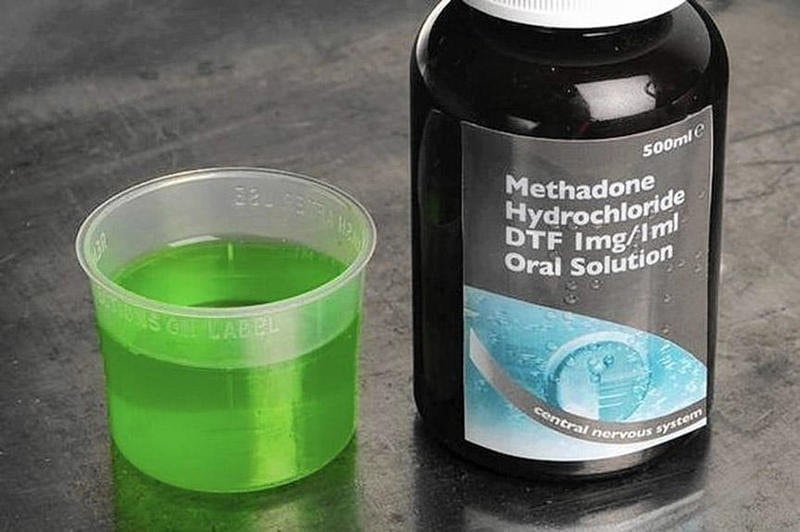

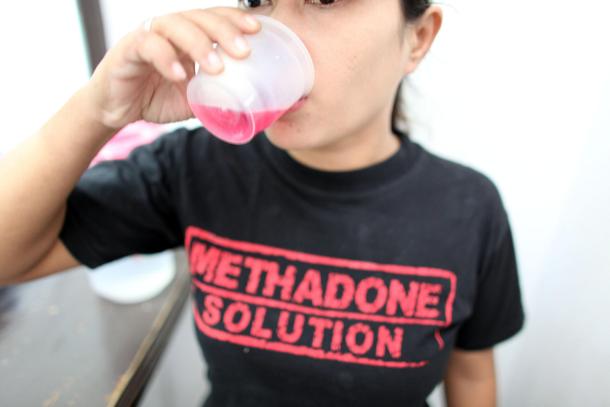
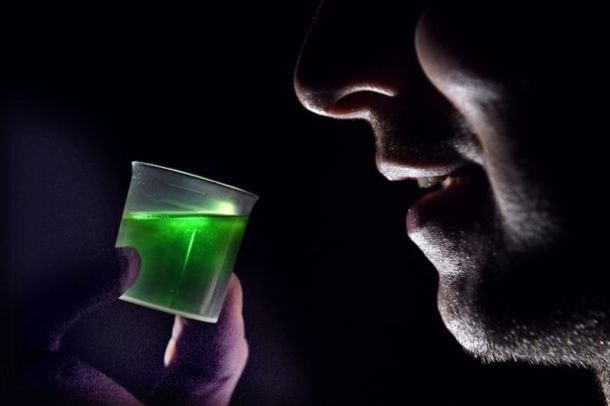
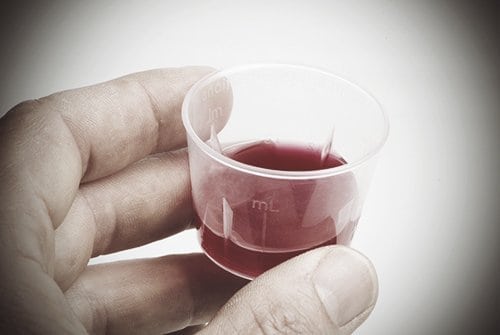



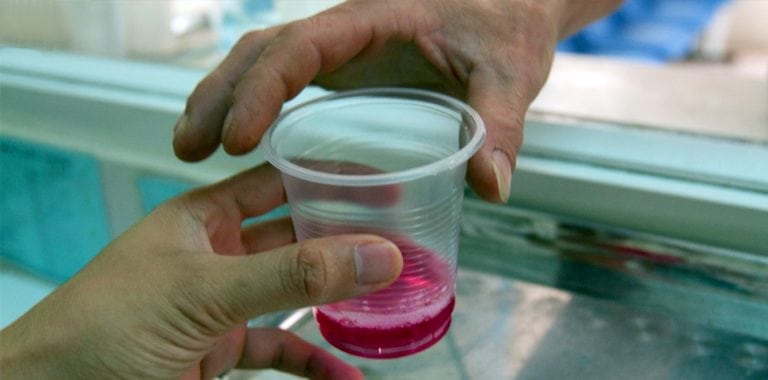

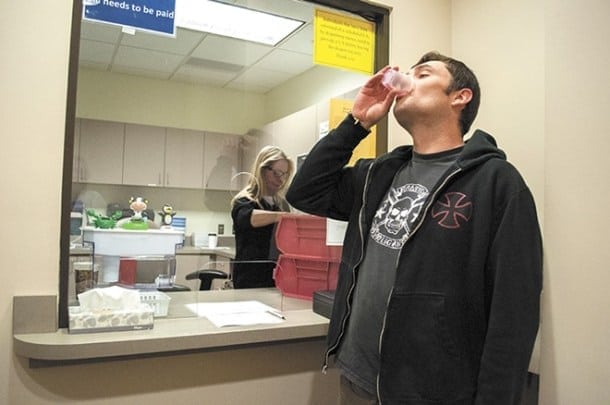





The article doesn’t state or explain who to call or where to go. In the state of AZ… I have been trying to find someone, Suboxone or Methadone clinic or doctor(s) that would or will do a taper schedule short to beat my fentanyl dependency.
Two months since I ended-up in the ER from withdrawing.
Who or where do I go for a short term taper prescription so that I may get the methadone and get off my fentanyl dependency, without getting addicted and dependent (as the article states amongst many others that have sworn 3-5 days worked!)!?
Nobody the entire time has cared or wanted to just help me get past my week of withdrawals using methadone. They all only offered and are forcing me, as well as everyone else, to do a maintenence or long term program!
This is wrong and should be ilegal! Methadone has been used short term and tapered rapidly to success. I am not being told where or who to go to.
Arizona.
I’ve been prescribed methadone for neuropathic pain since 2003. The opioid “epidemic” caused my physician to reduce my prescription from 120 mg daily down to 50 mg. He recently told me that they may be forced to discontinue all opioid prescriptions for pain patients.
I’m terrified of needles, but when they took me down to 30 mg per day the pain was so severe that I came close to buying street drugs — it was that or a one-time visit to the Drs. Smith and Wesson Pain Clinic, where so many pain patients have ended their lives.
Could I possibly qualify for a methadone clinic? I’ve never injected drugs and hope I never have to, but I use methadone (legally) on a daily basis and would definitely go through withdrawal if I stopped.
Would that be sufficient justification to accept me as a client?
They aren’t supposed to prescribe methadone for pain at clinics, however, I know for a fact a lot of people go there and say they’re heavily addicted to opiates, then get methadone treatment and many raise their dose up to 100 mg and up. You just need to say it’s for “opioid dependence” and not “pain treatment” and then you can qualify.
Ive been in Methadone maintenance for over 13 years. Ive NEVER relapsed , NEVER! Methadone has saved my life but there are downfalls to it. Ive never gone on a vacation, not even a weekend. The clinic is my BIGGEST priority because without it Im an active junkie. Ive been employed for the entire time Ive been in treatment. Although its difficult to keep this secret. People are very judgmental and negative toward methadone and that’s too bad. Im clean, healthy and Im able to be responsible, dependable, productive and have a sense of self worth. I was a useless, horrible junkie for 15 years. Today I have a life, a good life.